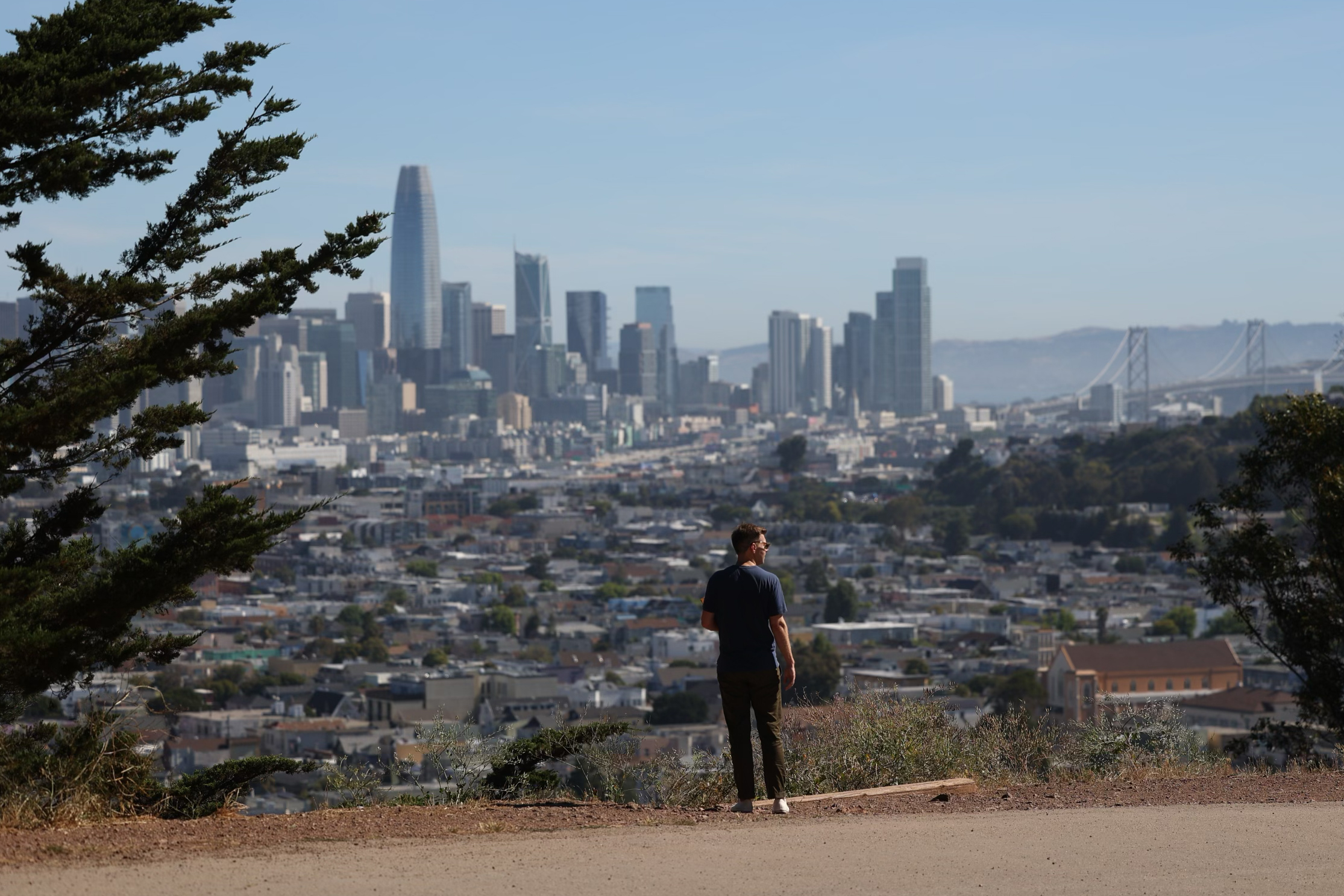Amy Sorenson, 36, lived in San Francisco for five years before she and her partner decided to move to Houston, Texas in 2021. The switch to remote work—and the allure of saving enough money to one day purchase a home—made the decision easy, said Sorenson.
“One of the things that did prompt the move was that while living in San Francisco there was no chance of us saving enough money to buy a house,” Sorenson said. “Our property that we rent in Texas is three times the size as the one in San Francisco and half the rent.”
Indeed, San Francisco County experienced the second-largest decline in population during the pandemic compared to any other county in the U.S. And newly released data from the U.S. Census Bureau shows people like Sorenson are those who drove that dramatic population decline: young, working-age adults.
Out of the 58,000 people who left the city between 2020 and 2021, more than two-thirds were aged 20 to 34. Before the pandemic, these young adults accounted for 28% of SF’s population but their portion dropped to 25% between April 2020 and July 2021.
A more granular examination of the data shows that very few older people left the city during the first year of the pandemic.
While the new Census data shows the race/ethnic profile of SF residents overall didn’t change appreciably between April 2020 and July 2021, the young working-age adults who left were more likely to be white.
While whites accounted for 55% of the pre-pandemic 20-34 age group, they accounted for 68% of those who left San Francisco during the first year of the pandemic.
Why did young adults leave San Francisco? For the same reasons that Amy Sorenson describes: A high cost of living, a tight real estate market, and the freedom that working from home provides.
But there’s anecdotal data that the young folks are trickling back.
Sorenson said Houston isn’t their forever home—for one thing, it’s very hot, and for another, they miss sidewalks and being able to walk around easily. The duo is considering Denver, New York City, and Los Angeles as possible next cities to live in. San Francisco hasn’t been ruled out, either.
“We may or may not move back to San Francisco at some point, but the idea right now is we’d like to move around and figure out where we’re going to be happy and where we want to settle. We’ve spent time in San Francisco, so we have that experience already and we can always go back.”
Others say that young workers are sick of working remotely and want to come back to a vibrant city where they can spend time with their coworkers and meet new friends.
“People have spent the past couple of years doing remote learning, and nobody wants to continue doing that,” said Grant Lee, CEO of Gamma, a software startup based in San Francisco. “They are itching to be able to come into the office and be able to work on something together.”
